Weekly recaps
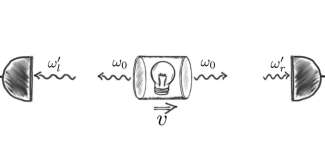
Recap / Best of Last Week–Temperate planets found, gigantic ancient monster worm and creativity linked to well-connected brain
(ScienceX)—It was a good week for physics as a team with the University of Glasgow revisited the question: Is there friction in a vacuum? They report that they found the missing puzzle piece in a bit of extra mass called ...

Recap / Best of Last Week—Hover taxi service, vitamin D protects against colds and remote working found to be more stressful
(ScienceX)—It was a good week for technology as authorities in Dubai announced that the country aims to launch a hover-taxi service by July—the Chinese-made self-driving vehicles hold one person and will be able to carry ...
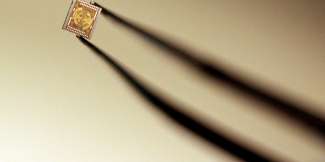
Recap / Best of Last Week—A new way to see matter, brain changes when wearing police uniform and baby gender impact on mother
(ScienceX)—It was a good week for technological advancements as a team of researchers with the University of Oulu in Finland announced that they had developed a material that can turn sunlight, heat and movement into electricity—all ...
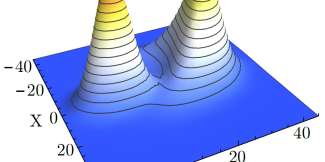
Recap / Best of Last Week – Quantum phase transition observed, lost continent found and the health impact of thirdhand smoke
(ScienceX)—It was another good week for physics as a team at Brown University pushed the concept of entropy out of kilter by conducting an experiment in which the emergence of a non-equilibrium phenomenon required an entropic ...
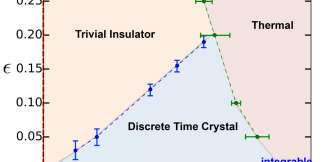
Recap / Best of Last Week – A new form of matter, a stable semisynthetic organism and protecting the body from inflammation
(ScienceX)—It was a good week for physics as a team led by the University of California's Norman Yao unveiled a new form of matter—time crystals—the first examples of a non-equilibrium form of matter. Also, a combined ...

Recap / Best of Last Week—Golden mystery solved, drug resistant nightmare bacteria and fast talking doesn't offer more info
(ScienceX)—It was a good week for physics as an international team of researchers reported that a golden mystery was solved—the group was finally able to bridge the gap between theory and experiments regarding quantum ...

Recap / Best of Last Week – Chinese humanoid robot, Pentagon tests drone swarm and bilingualism found to save brain resources
(ScienceX)—It was a big week for space news, as a team with members from Calvin College, the Apache Point Observatory and the University of Wyoming predicted an explosion that will change the night sky in 2022—they believe ...

Recap / Best of Last Week—Detection of exotic looping photons, ocean warming confirmed and a cancer killing pepper plant
(ScienceX)—It was a good week for physics and the start of another new year as an international team of researchers reported the detection of exotic looped trajectories of light in a three-slit experiment—a new take on ...
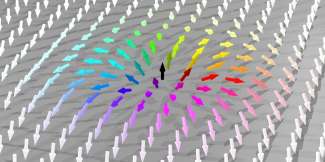
Recap / Best of Last Week—Measuring dark matter loss, a giant manned robot and the emotional hangover
(ScienceX)—It was another good week for physics as a team with Johannes Gutenberg University Mainz conducted investigations of the skyrmion Hall effect that revealed surprising results—and in so doing, took another step ...
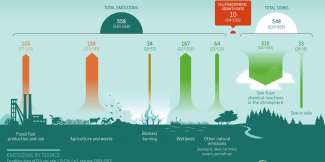
Recap / Best of Last Week–Satnav goes live, surge in methane adding to climate change and cellular reprograming to reverse aging
(ScienceX)—It was a good week for space news as Europe's Galileo satnav system went live—commissioned by the European Space Agency and the EU Commission, the satellite is expected to be fully operational by 2022, offering ...
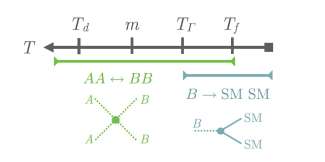
Recap / Best of Last Week – Smoother dark matter, collecting space junk and the health benefits of nuts
(ScienceX)—It was another good week for physics as a team in the U.S. found that 'spooky' sightings in a crystal pointed to an extremely rare quantum spin liquid—a rare new material that was synthesized for the first ...

Recap / Best of Last Week–Using quantum physics to factor numbers, the Earth's technosphere and brain activation by spiritualism
(ScienceX)—It was a good week for physics as a team at the University of California reported that they made a discovery combining quantum physics and photosynthesis that could lead to highly efficient solar cells. A team ...